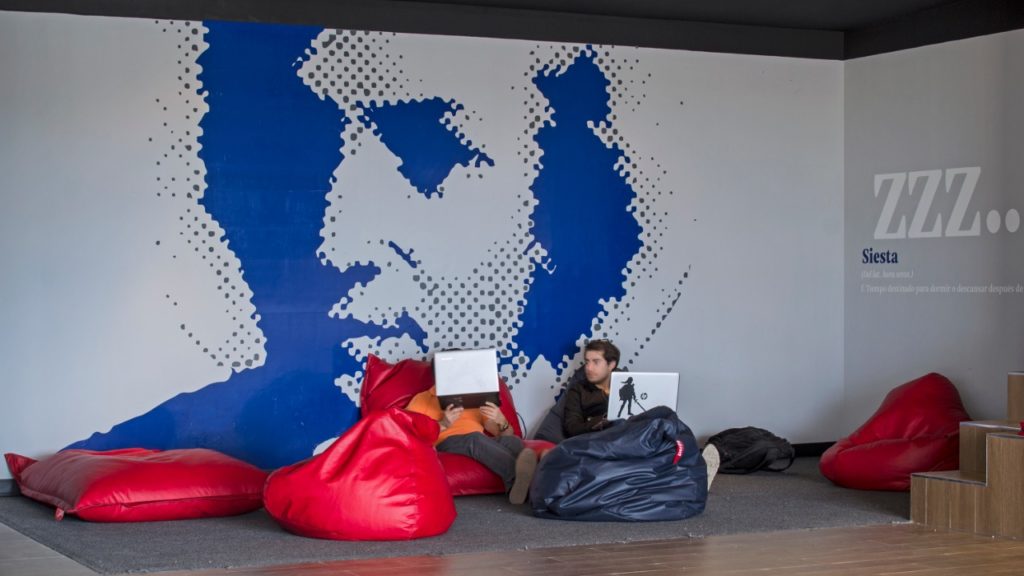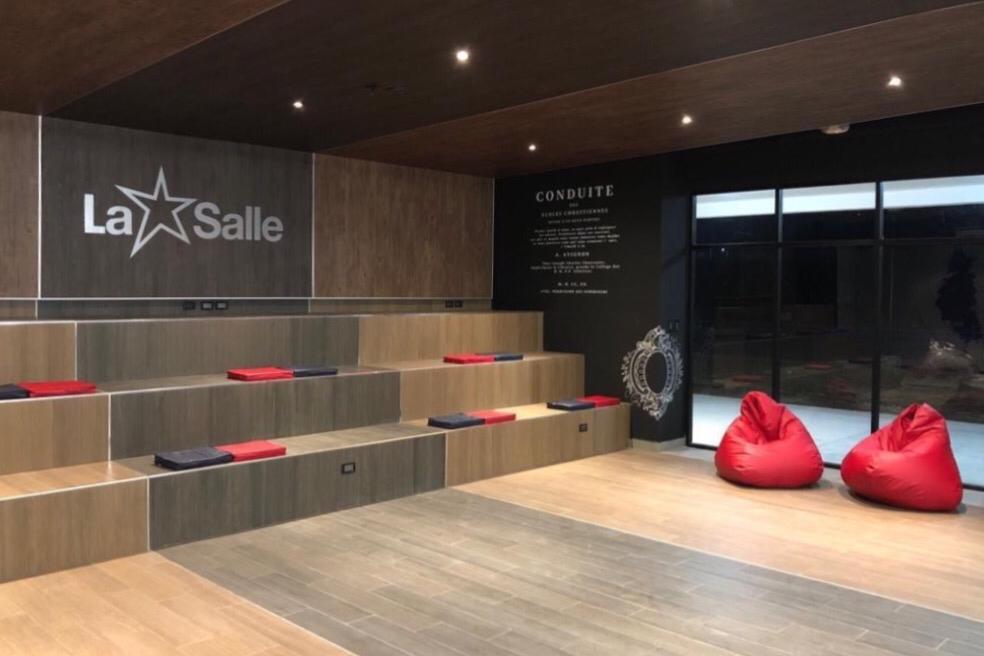Architecture and its relation to education have always been topics of vital importanc for the processes of teaching and learning. Our Institute has schools in different regions of the world, with all kinds of climates, difficulties and opportunities related to their geography. The diversity of conditions ranges from things such as classrooms with earthen floors to those with the latest technology.
For that reason, our university in Mexico is in the process of rethinking its educational spaces, and this inspires us to think about the same topic throughout the Lasallian world so as to find opportunities in places which lack resources or in order to make better use of them where they do exist.

“The Universidad la Salle of Chihuahua, Mexico, has started on a process of modernisation of its buildings to achieve an educational transformation through the incorporation of spaces that have a disruptive function. The plan for the new buildings includes the construction of a games hall, a gymnasium and an ecosystem called Innovation-fablab. These areas are seen as a means to foster spaces for creative thinking and innovation which will respond to aspects of education such as Lasallian identity, social responsibility and student welfare.
In addition, the whole process has been drawn up in the context of an investigation which also considers the importance of reconfiguring educational spaces and common areas in order to create new forms of interaction and to develop the teaching and learning process in line with the three components identified by Relph for creating an attachment to a place, namely the physical set-up, the activities and their signification. In the same way, it is envisaged that the versatility of a flexible and attractive space will provide students and lecturers with possibilites for developing their educational process.

After the completion of the first phase of the construction project, the initial results of the investigation show that the views of the students were changed positively when they realised that the academic areas and of leisure spaces were enriched by the presence of the games hall and that this clearly provided an impetus to creativity and innovation. In addition, 90.43% of the students think that the Lasallian image embodied in the games hall makes a significant contribution to their attachment to their institution.
It can be seen that the students feel enthused by these new areas from the fact that they choose to use them as an educational strategy, because they act as motivators and accelerators in the proces of teaching and learning and because such spaces foster greater attachment to Lasallian establishments.”
By Claudia López Ph.D, Karla Martínez Ph.D and Óscar Chávez Ph.D.
The plan for this experiment was presented at the International Congress on Lasallian Education in Mexico City, March 2019.
The full presentation is viewable here.
The report of the Congress is available at pages 433-442
The link for the Architecture studies: www.urbanika.com.mx




